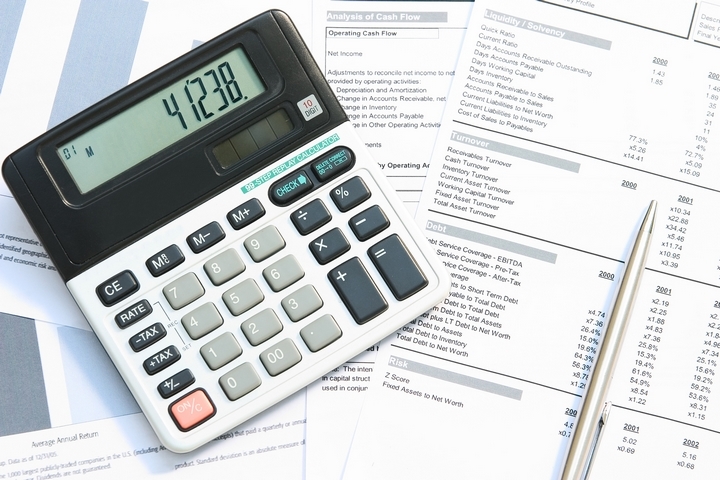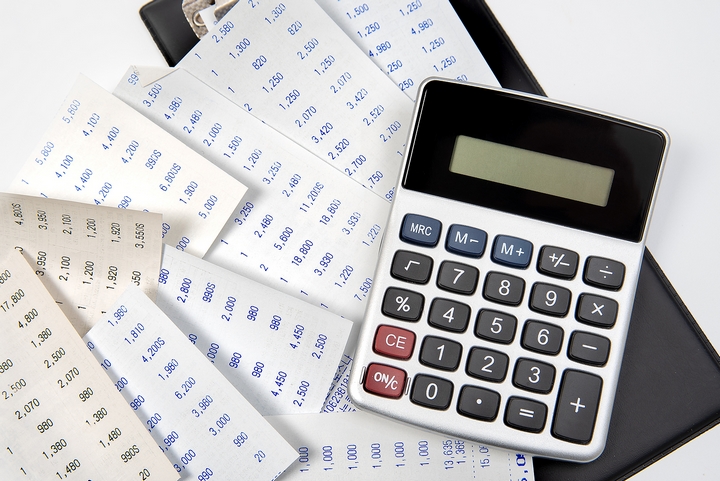10 Types of Invoices and Their Functions

In any type of business, there’s more than just one type of invoice. Knowing what, when, and how to use each type of invoice is crucial. Different industries have different requirements for invoicing. Depending on your industry, countless different types of invoices can be passed back and forth.
Each business invoice has a designated purpose. The most suitable type of invoice depends on the nature and terms of a contract. If you don’t know what you’re looking for, these options can become overwhelming very quickly.
The following are ten different types of invoices and their business functions:
Type #1: Recurring Invoices

These types of invoices are used by businesses that charge customers the same amount for their goods or services. Recurring invoices are standard in many industries, such as IT or freight.
While recurring invoices are consistent, their frequency makes invoice management difficult for larger organizations with lots of transactions. The best way to manage recurring invoices is to use an audit company designated in your business sector. For instance, there are freight audit companies that specialize in managing recurring invoices in an easy, efficient way.
You can use cloud-based invoicing software that allows you to automatically send out recurring invoices monthly, quarterly, or indefinitely until otherwise notified. This auto-generates invoices as scheduled, cutting down the amount of work one has to put in.
Type #2: Collective Invoices

In some cases, you’ll find yourself regularly performing small bits of work for your customers over an extended period. You could decide to invoice them for every little sale or project, or you could consolidate everything using a collective invoice, which is just like a standard invoice. However, it’s different in that it groups several small services and goods together.
Using collective invoices means fewer transaction fees for both the client and you. It also makes bookkeeping easier since it eliminates the need to track the dozens of small payments that accumulate over time. If you have a customer you supply goods to regularly, a collective invoice is the best types of invoices to use.
Type #3: Pro Forma Invoices

This is a document listing the final price for every service or product you’re supplying. This invoice includes essential information such as transportation charges, applicable taxes, and shipping weight. The prices indicated must be precise to avoid exposing a buyer to unexpected costs once an order has been fulfilled.
A pro forma invoice is a binding contract, but not a demand for payment. The terms of sale can be subject to change to accurately reflect the work done once an order has been fulfilled.
Type #4: Interim Invoices

An interim invoice is used when billing a large project where the business and client have agreed to terms that include multiple payments. Interim invoices are submitted when certain milestones are achieved.
Breaking up the payments into smaller ones is beneficial for both the business and the client. An interim invoice helps small businesses maintain healthy cash flow and, at the same time, work on projects over a long time.
Type #5: Final Invoices

To request payment once a project is done, a final invoice is sent. Compared to other invoices, a final invoice is quite detailed. It contains a list of all the services provided, the invoice number, the total amount of money owed, the due date of the invoice, the methods accepted for payment, a list of past payments made, and the total cost of the entire project.
To make it easy to create a final invoice, the business accountant can create a progress invoice in the course of the project. He or she should then write off the remaining time once the project is done.
Type #6: Credit Memos

A memo is basically an amendment to an already sent invoice. A credit memo is issued by a business to its client. It’s used to show that the credit amount on an existing invoice has been reduced.
Credit memos are often used in situations where a business or individual isn’t able to follow through on delivering services or goods that were earlier agreed upon. A pricing dispute can also be the reason behind the issuing of a credit memo.
Type #7: Debit Memos

Debit and credit memos are very similar, and it’s quite easy to mix up the two. While a credit memo is used to issue an adjustment to a client’s invoice, a debit memo can be submitted by a client to let you know you’ve underbilled them.
The purpose of a memo, whether debit or credit, is to track invoice adjustments. These are necessary for both the clients’ and a company’s bookkeeping. These memos can be used as evidence should a dispute arise.
Type #8: E-invoices

An e-invoice is a general term given to any invoice sent electronically. Today, e-invoicing has become a standard practice among freelancers and small businesses. E-invoices are easier and quicker to create compared to conventional print invoices.
Type #9: Past Due Invoices

A past due invoice is issued by a company when a client doesn’t provide the full payment by the due date on the final invoice. These types of invoices typically contain all the details about the service and payment agreement, as noted on the final invoice.
Type #10: Expense Reports

This invoice is submitted to an employer by an employee for reimbursement of business-related expenses. Receipts are attached to the form, especially if the expenditure exceeds the minimum authorized amount. Only expenses incurred when performing approved job functions are reimbursed.


